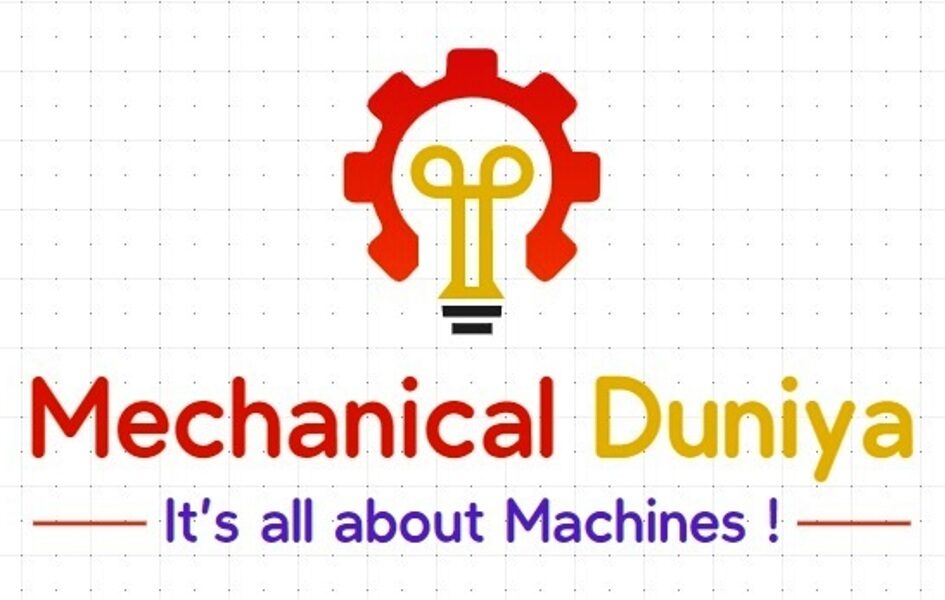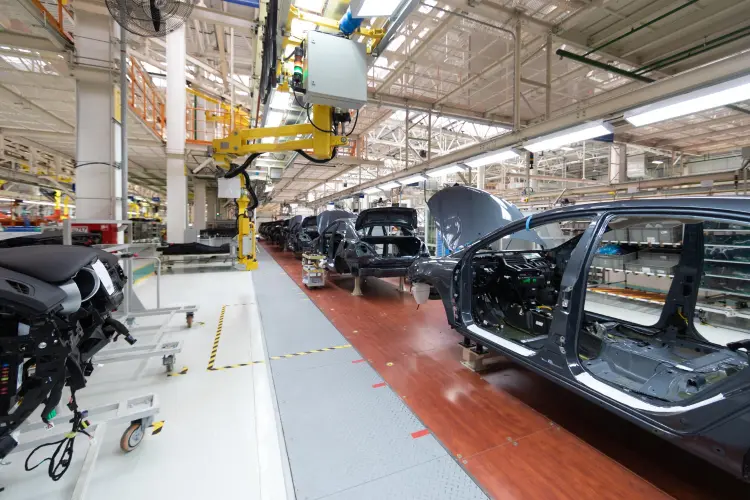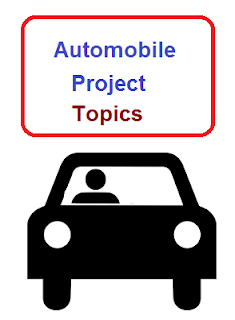Table of Contents
Automobile Project topics
Innovative Six-Stroke IC Engine:
Development of an unconventional engine design incorporating additional strokes for enhanced efficiency and reduced emissions through innovative combustion and heat recovery mechanisms.
Performance Evaluation of Existing Four-Stroke Bike or Scooter:
Comprehensive assessment of power, fuel consumption, emissions, and durability to optimize performance and meet regulatory standards.
Thermal Performance Evaluation of Automobile Radiator:
Analysis of heat dissipation efficiency, airflow, and cooling system design to ensure optimal engine temperature regulation and prevent overheating.
Design and Structural Analysis of Gearbox for Four-Stroke Bike/Car/Bus:
Engineering of gearbox components for durability, efficiency, and smooth gear shifting, utilizing finite element analysis and simulation to optimize performance and reliability.
Improvement in Conventional Design of IC Engine:
Research and development aimed at enhancing combustion efficiency, reducing friction, and improving thermal management to increase power output and fuel economy while minimizing emissions.
Silencer Modification:
Investigation and implementation of silencer design alterations for noise reduction, improved exhaust flow, and enhanced engine performance, ensuring compliance with noise pollution regulations without compromising engine efficiency.
Improvement in Carburetor:
Research and development focused on enhancing fuel atomization, air-fuel mixture control, and overall efficiency to optimize combustion and reduce emissions in internal combustion engines.
Effects of Various Additives in Fuel on IC Engine Performance:
Investigation of the impact of additives such as octane boosters, detergents, and stabilizers on engine power, fuel economy, emissions, and durability.
Design and Analysis of Car Chassis:
Structural engineering of chassis components to ensure strength, stiffness, and crashworthiness while minimizing weight, utilizing finite element analysis and simulation for optimal performance.
Design and Analysis of Brakes:
Engineering of brake systems for efficient deceleration, heat dissipation, and reliability, considering factors like braking force distribution, thermal management, and fade resistance through computational modeling and testing.
Design and Analysis of Clutch:
Development of clutch mechanisms for smooth engagement, durability, and torque transmission, utilizing simulation and analysis tools to optimize performance and ensure driver comfort and vehicle reliability.
Design and Analysis of Suspension System:
Engineering of suspension components for optimal vehicle stability, comfort, and handling across various road conditions, employing simulation and testing to refine spring rates, damping characteristics, and geometry.
Design of Automatic Transmission System:
Development of transmission systems utilizing hydraulic, electronic, or dual-clutch mechanisms for seamless gear shifting and improved fuel efficiency, considering factors like gear ratios, torque converters, and control algorithms.
Improvement in the Design of Automobile Air Conditioning Systems:
Research focused on enhancing cooling efficiency, reducing energy consumption, and improving cabin comfort through innovations in compressor design, refrigerant selection, and thermal management strategies.
Structural and Aerodynamic Analysis of Sports Bike/Car:
Integration of lightweight materials and aerodynamic enhancements for enhanced performance and stability at high speeds, utilizing computational fluid dynamics (CFD) and finite element analysis (FEA) to optimize structural integrity and aerodynamic efficiency.
Performance Evaluation of a Regenerative Braking System:
Assessment of energy recovery efficiency, braking force distribution, and system integration to optimize performance and maximize energy regeneration during deceleration, contributing to improved fuel economy and reduced emissions.
Use of Composite Material in Automobile Parts or Body:
Utilization of advanced composite materials like carbon fiber reinforced polymers (CFRP) or fiberglass for lightweight, strength, and corrosion resistance in-vehicle components and body structures, leading to improved fuel efficiency and performance while maintaining safety standards.
All the above topics seem very simple in the list but one needs to go through existing conditions and research level to date. To do this, one should carry out a literature review about each part you are choosing as a project topics. Find out the chances of improvement and carry out analysis to improve it.


